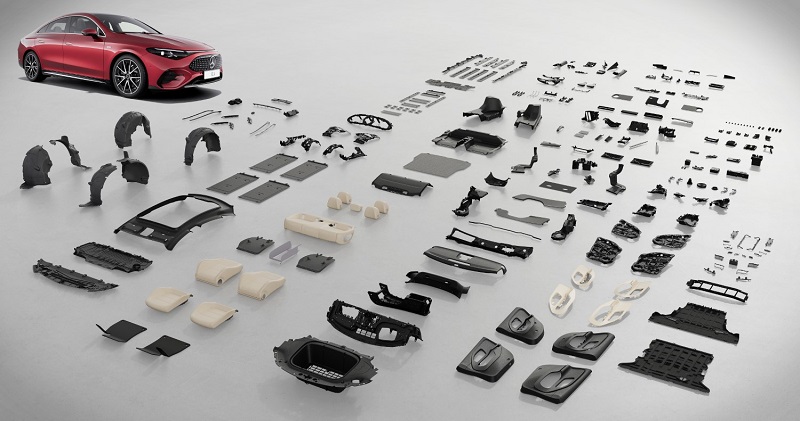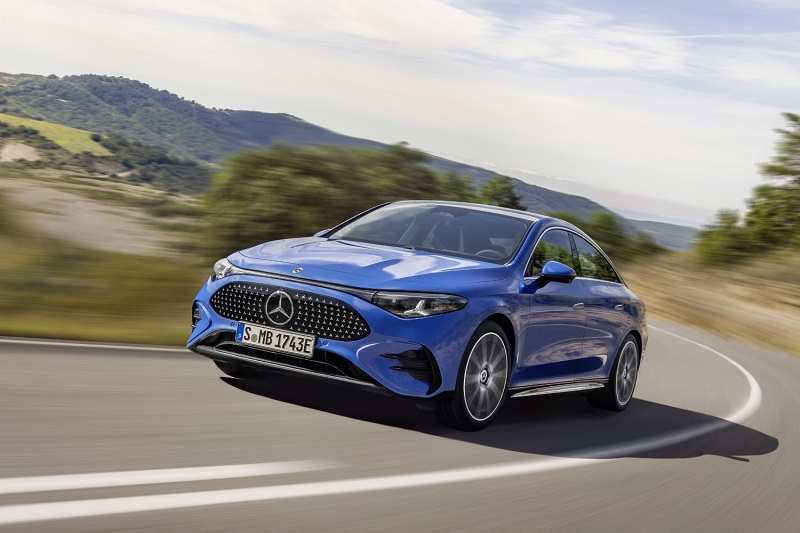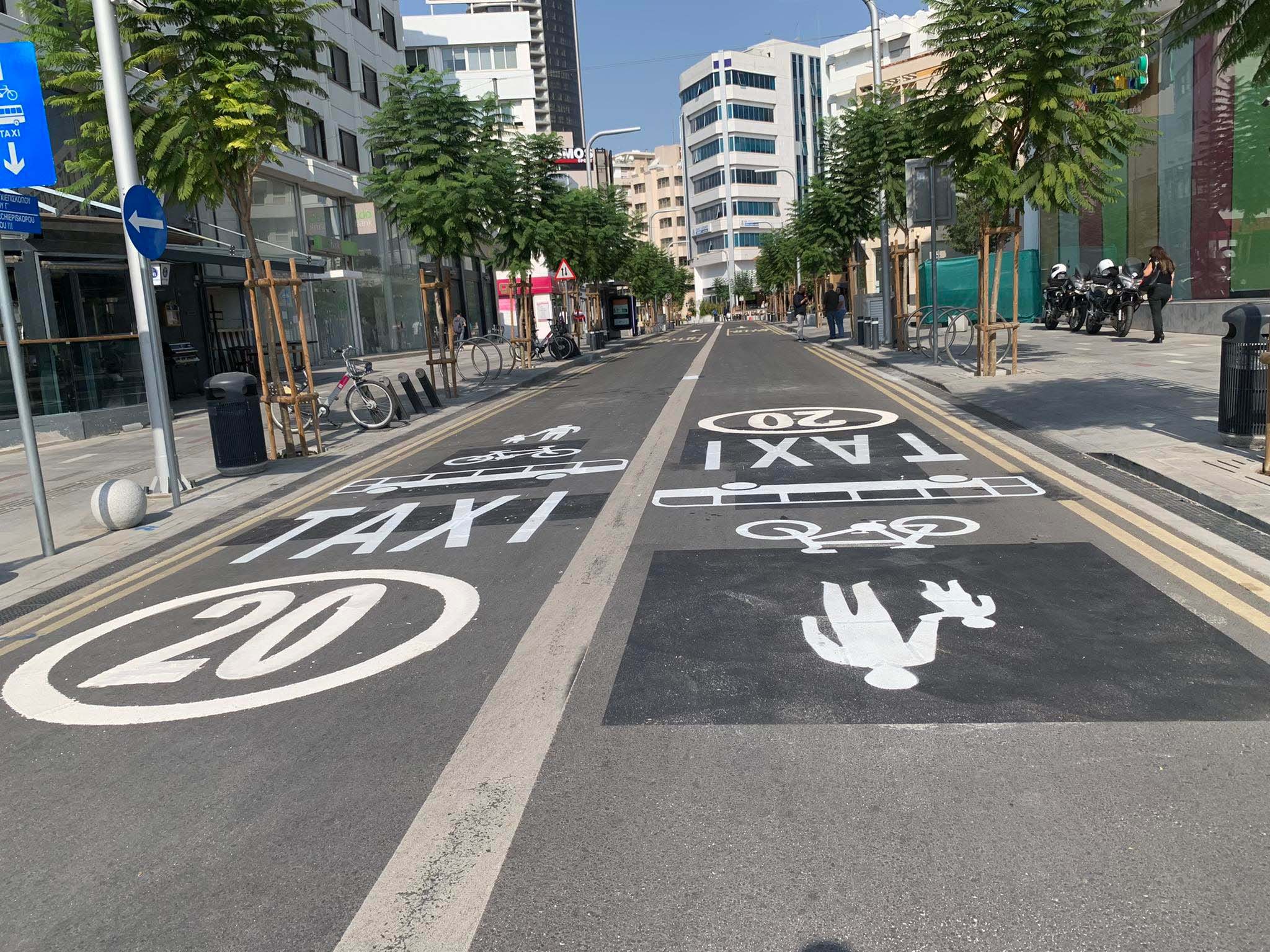Within the framework of the Ambition 2039 initiative, Mercedes aims to deliver a carbon-neutral vehicle fleet by 2039, contributing to the protection of the environment. At the same time, over the next decade the company is targeting a reduction of up to 50 per cent in CO₂ emissions per vehicle in its new fleet, covering every stage of the value chain and the entire product life cycle.
Mercedes, however, is not limiting itself to general commitments on sustainability. For the new CLA, the company has for the first time set quantitative targets for reducing CO₂ emissions in the supply chain for production materials. According to the German brand, the focus is placed on materials and components with high carbon emissions, such as steel, aluminium, certain plastics and battery cells. To reduce the carbon footprint of its materials, the German manufacturer has entered into special agreements with suppliers, enabling CO₂ emissions in the production of the CLA 250+ to be cut by around 17 per cent compared with conventional production methods.

In particular, the new CLA employs various techniques that reduce the carbon footprint by approximately 30 per cent per battery cell, compared with conventional production. In addition to the use of electricity from renewable sources during cell production, renewable energy is also used in the manufacture of the cathode, anode and cell housing materials. Furthermore, around 40 per cent of the aluminium used in the CLA is produced in smelting plants powered by renewable energy sources.
During the development of the model, particular emphasis was placed on maximising the use of secondary materials. In the CLA 250+, the weight of secondary materials used in thermoplastics has increased to 42 kilograms, with around 50 per cent of this deriving from post-consumer sources.
Throughout the life cycle of an electric vehicle, charging with electricity from renewable sources also plays a decisive role in reducing carbon dioxide emissions. Through the MB.Charge Public platform, Mercedes offers its customers the possibility to charge their vehicles with green energy. If green energy is not available at the charging point, the “Green Charging” system is activated, whereby renewable energy certificates are used to ensure that an equivalent amount of green energy from certified sources is fed into the power grid.







Click here to change your cookie preferences